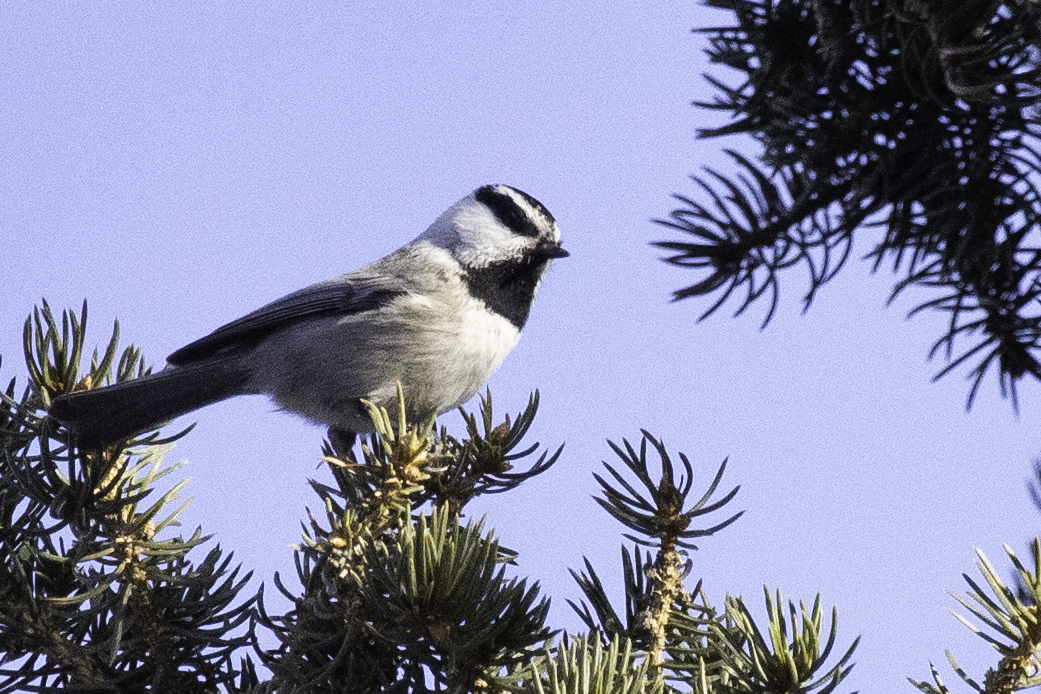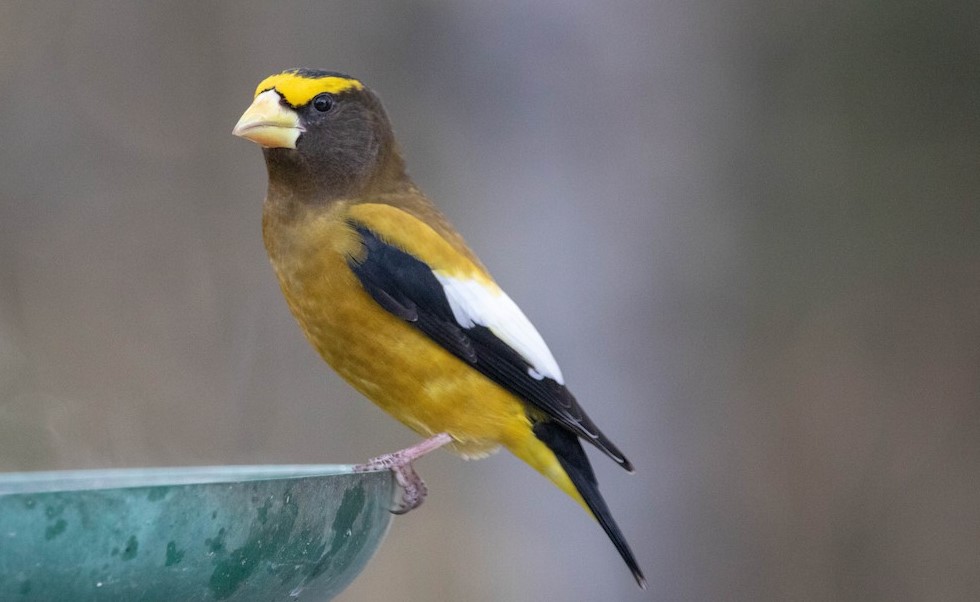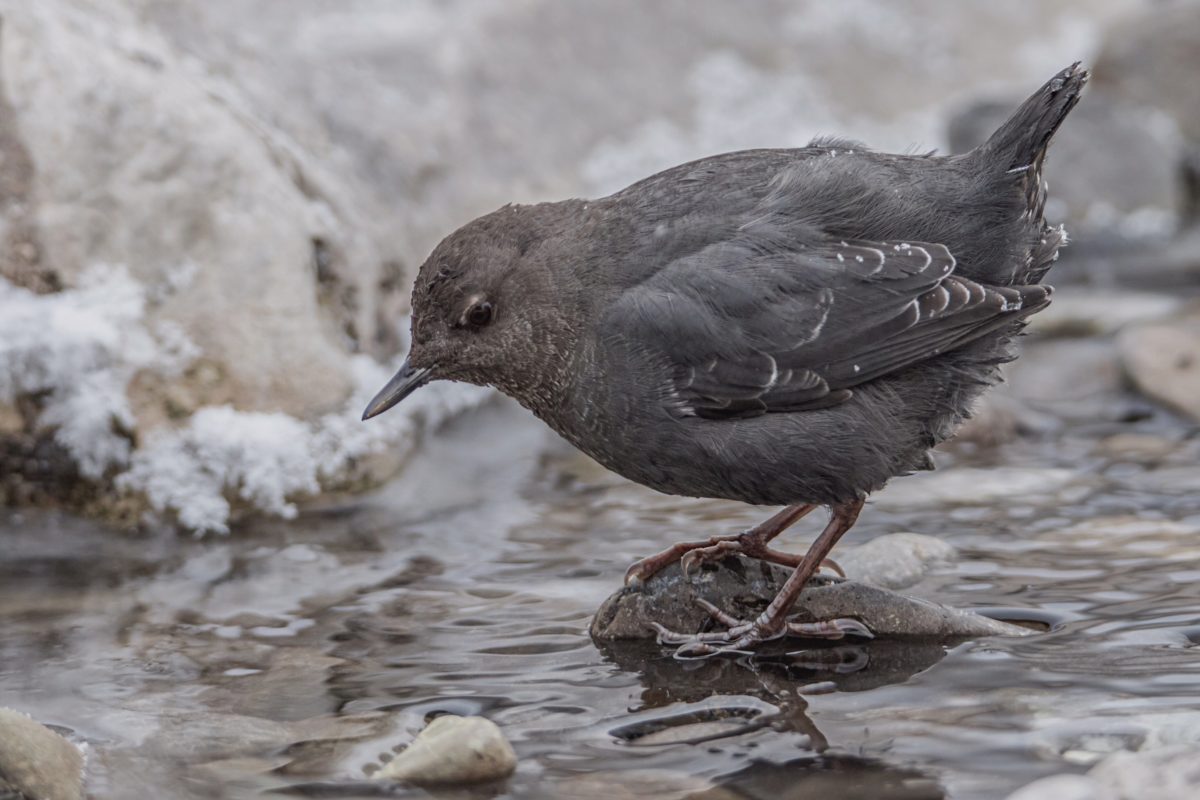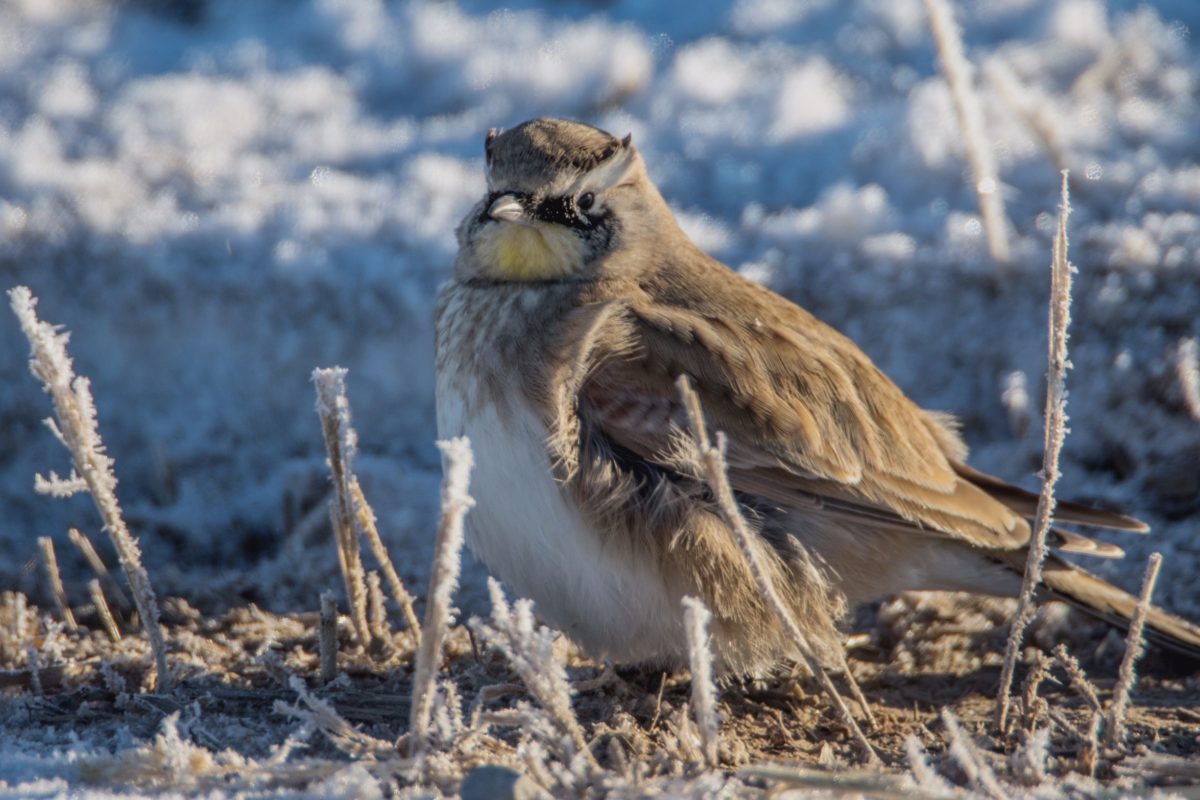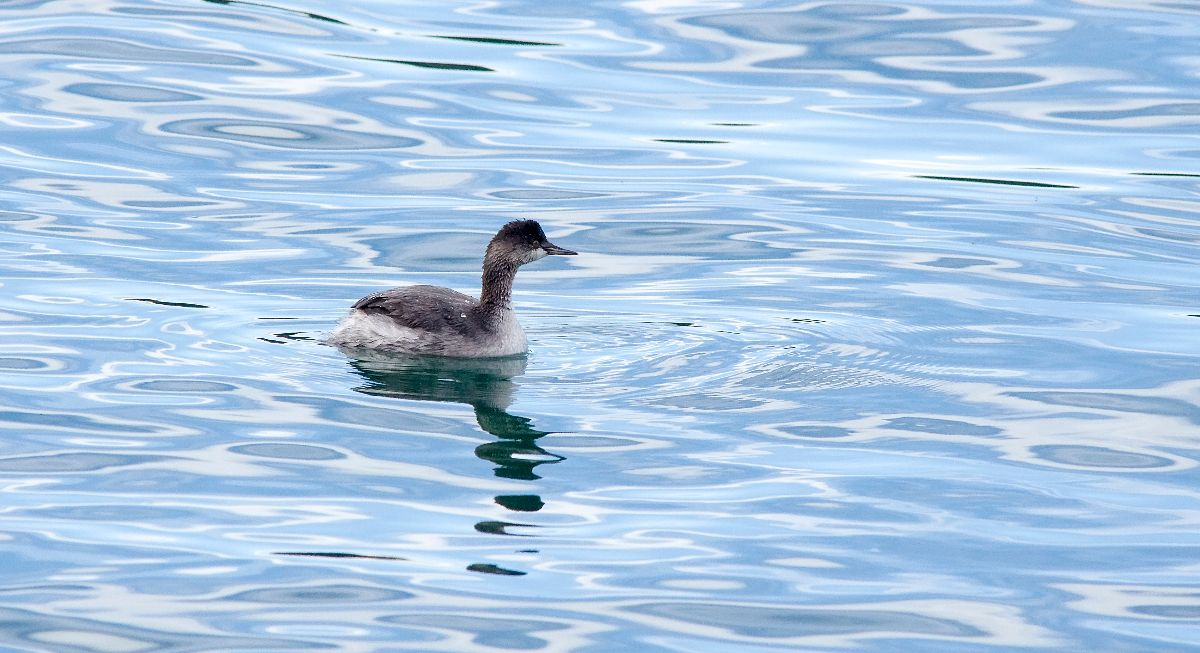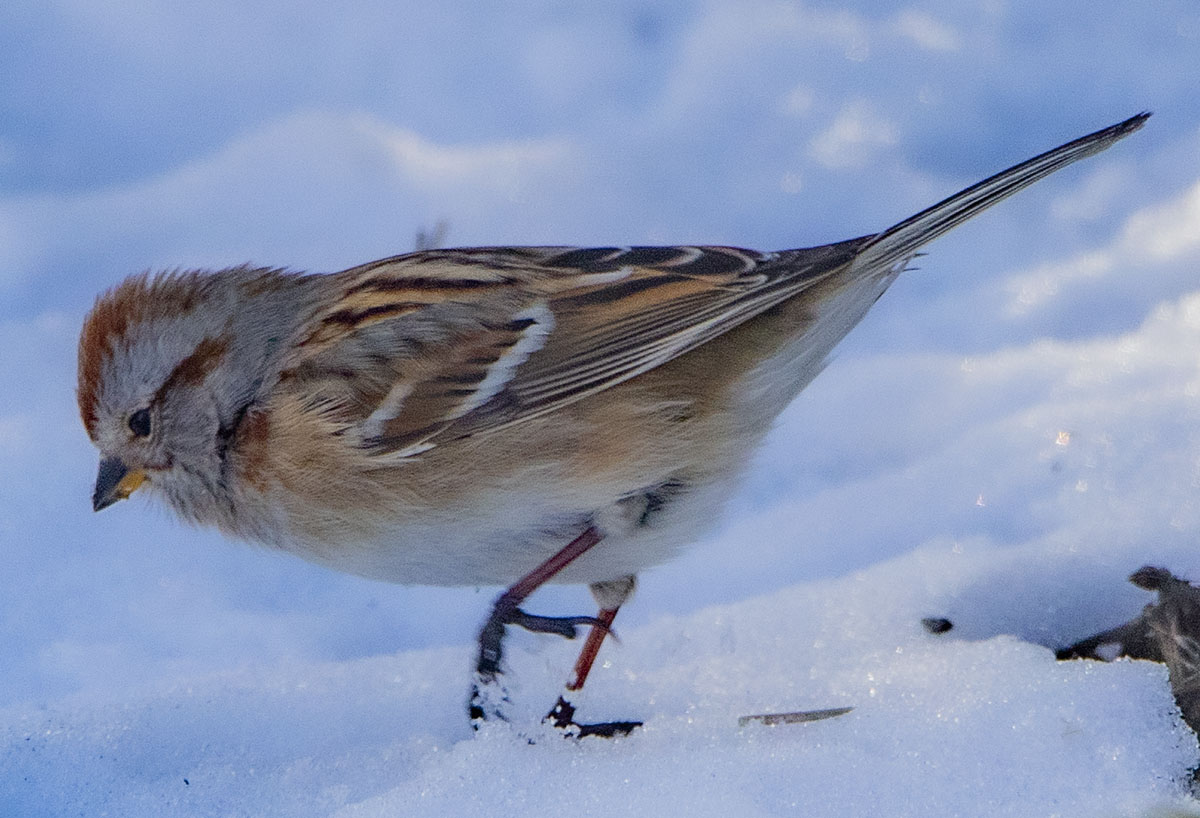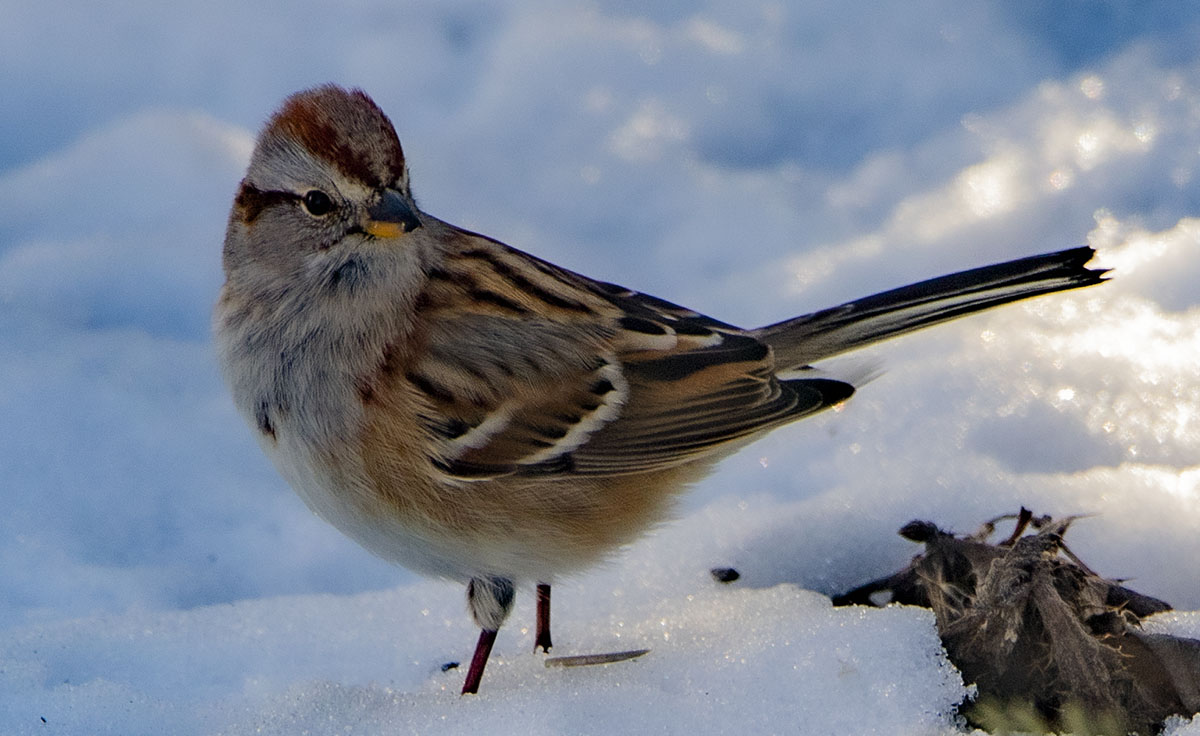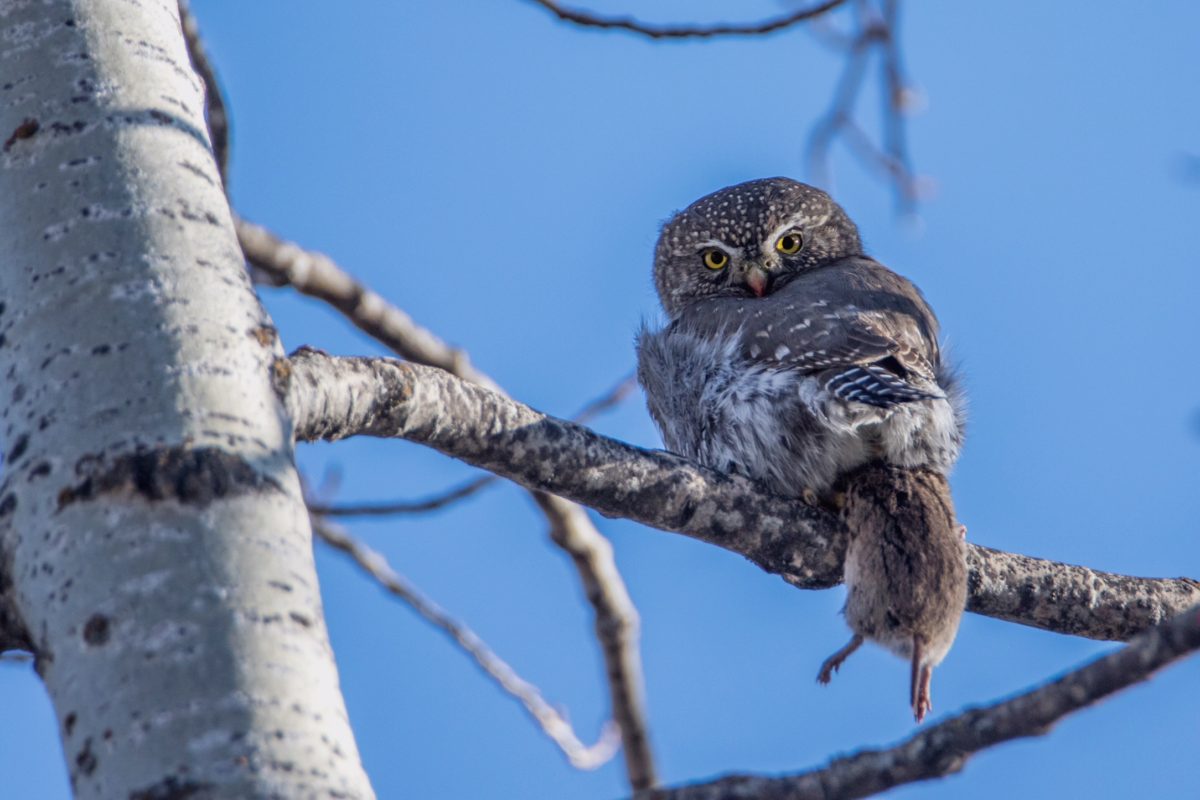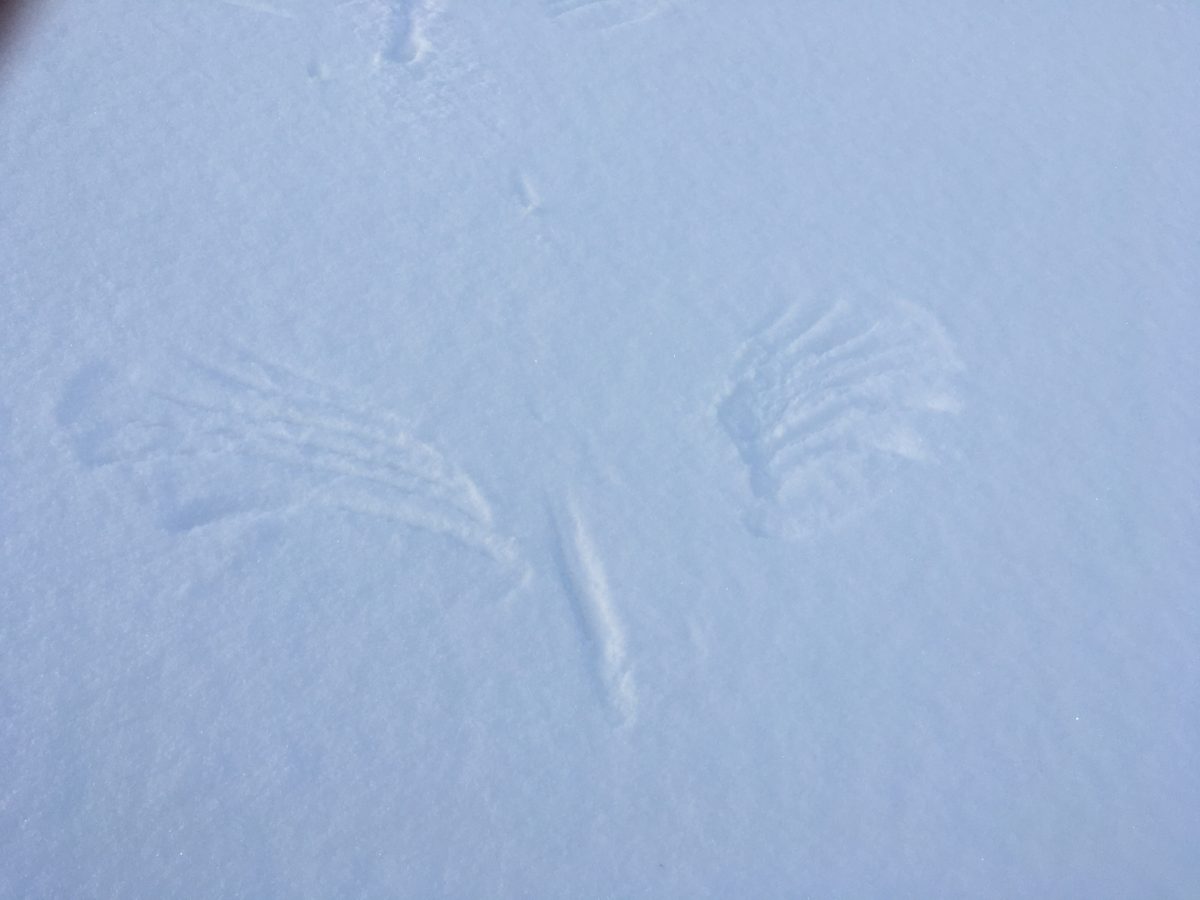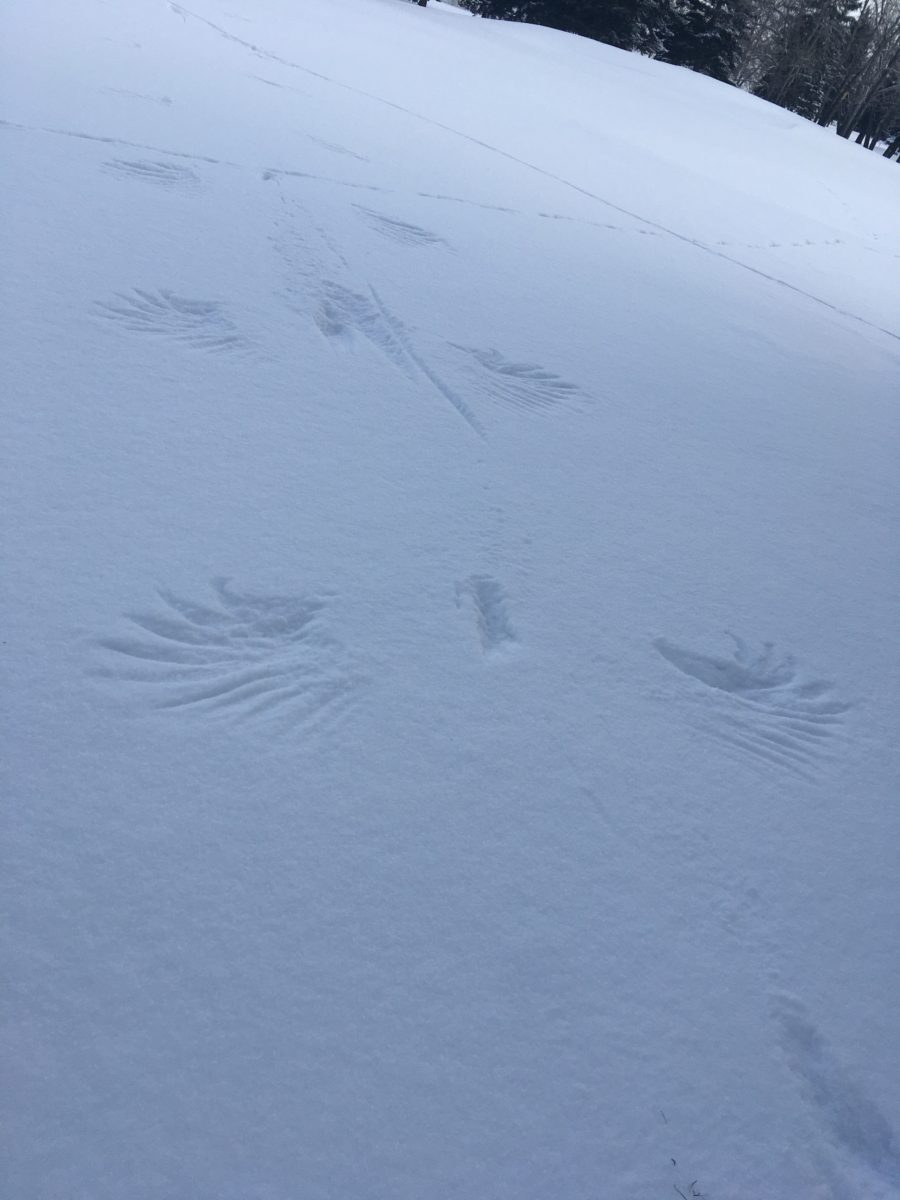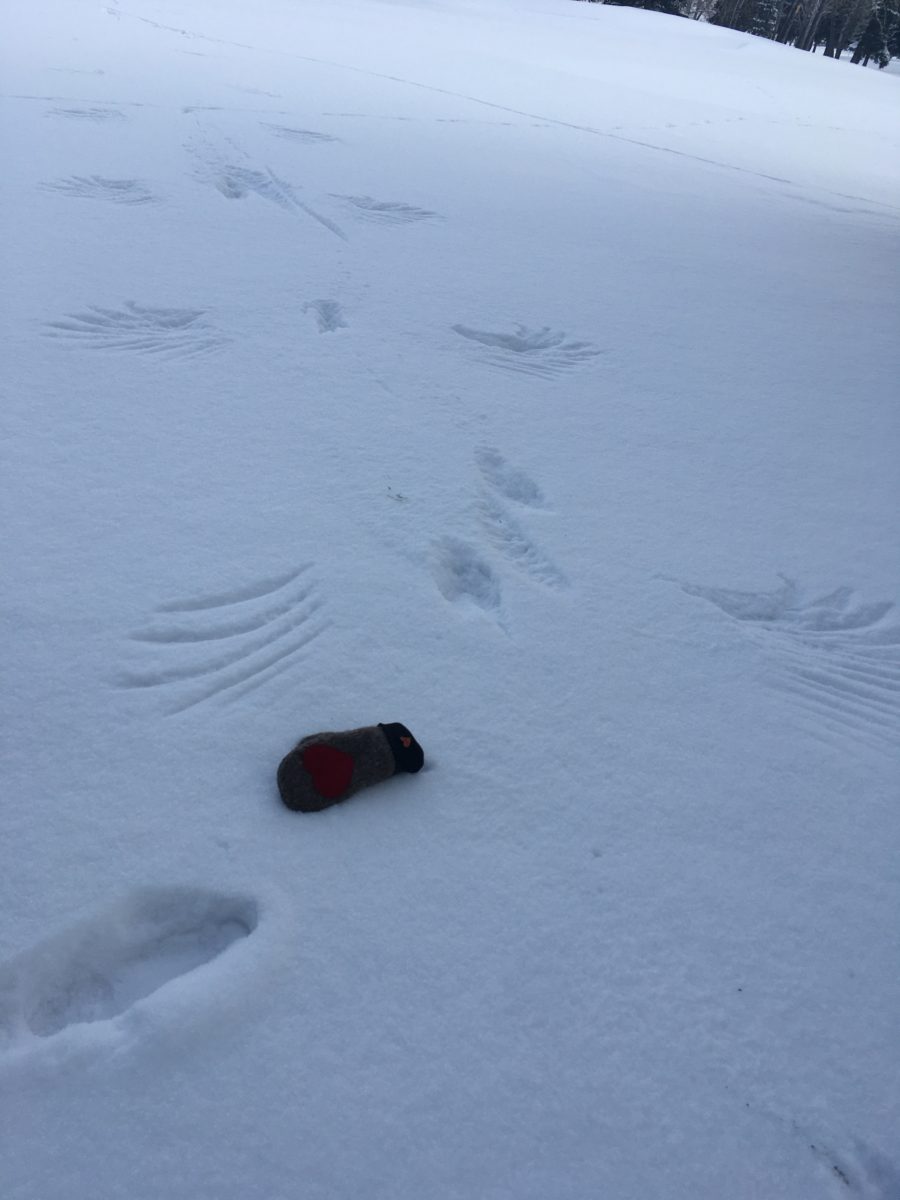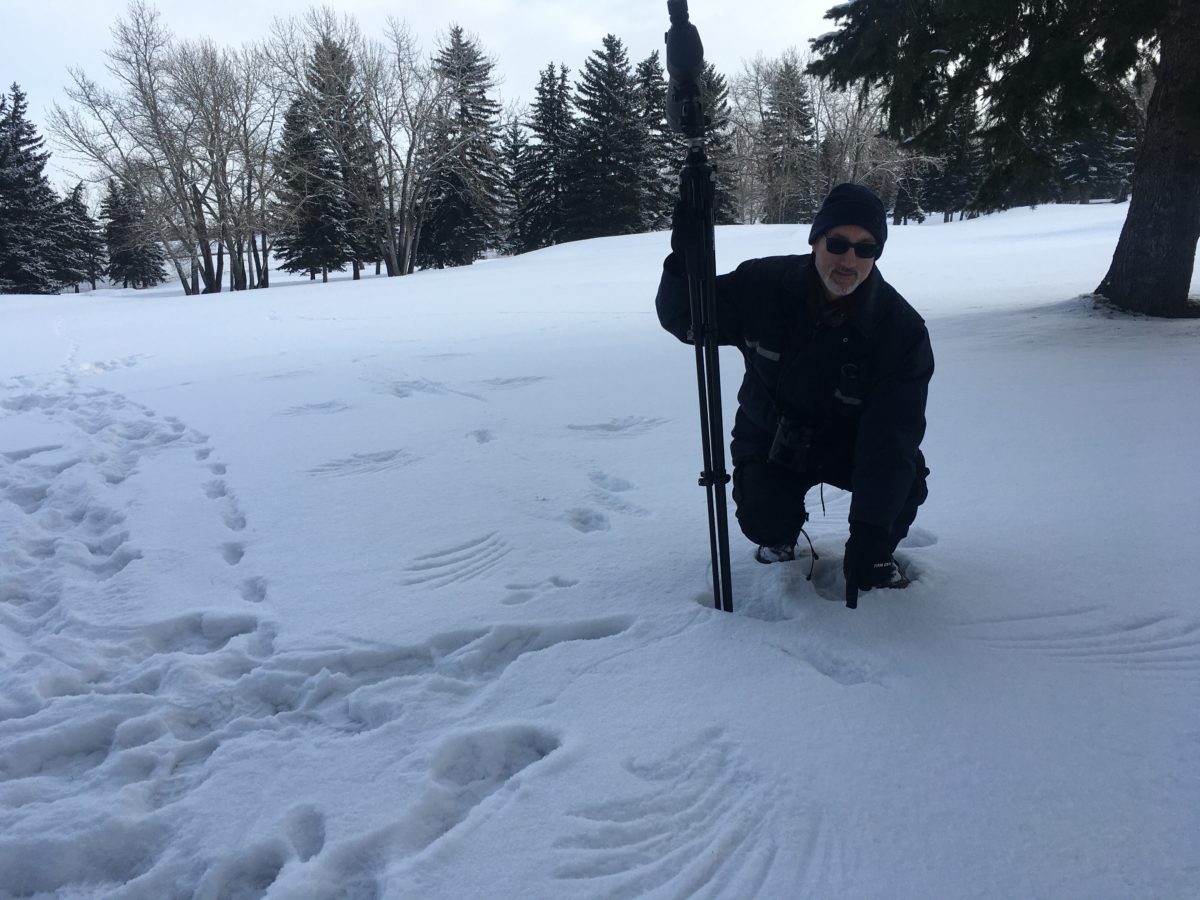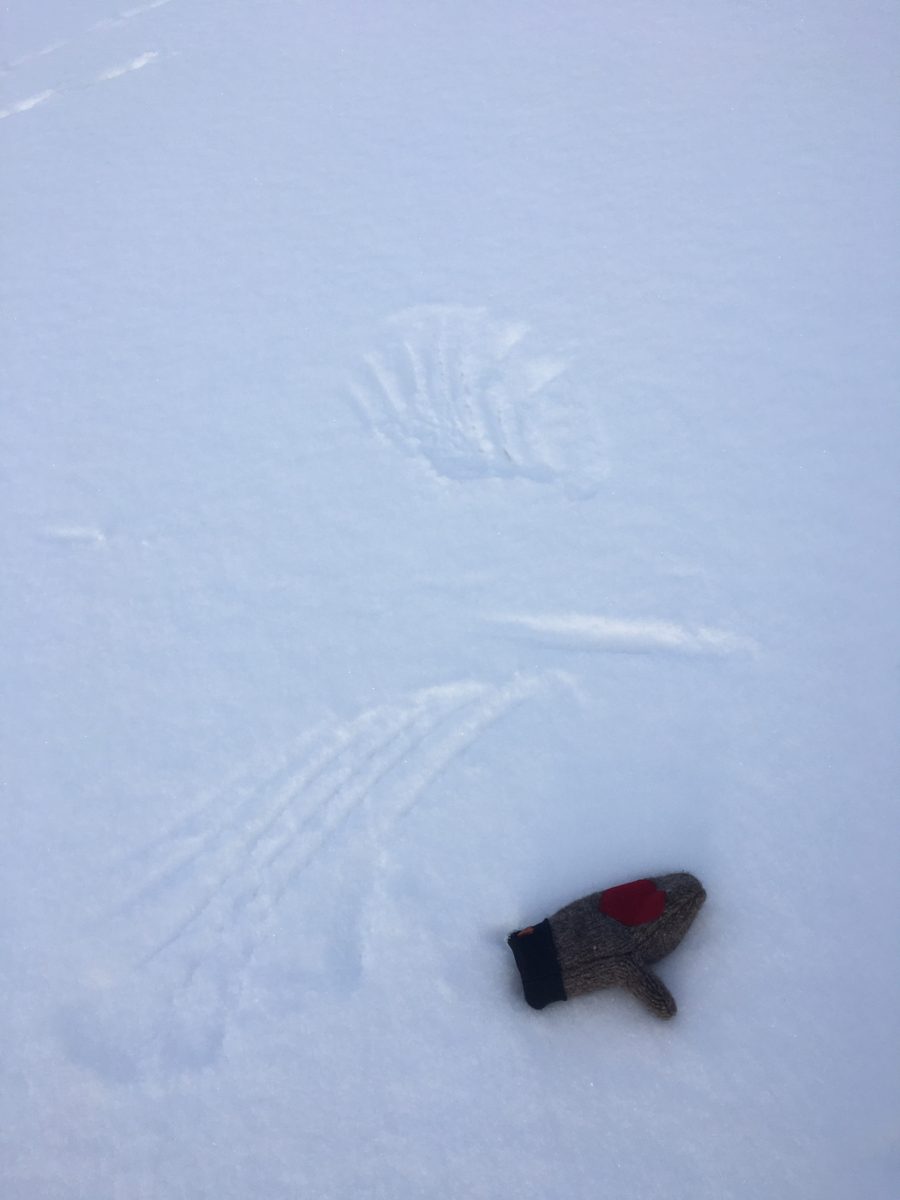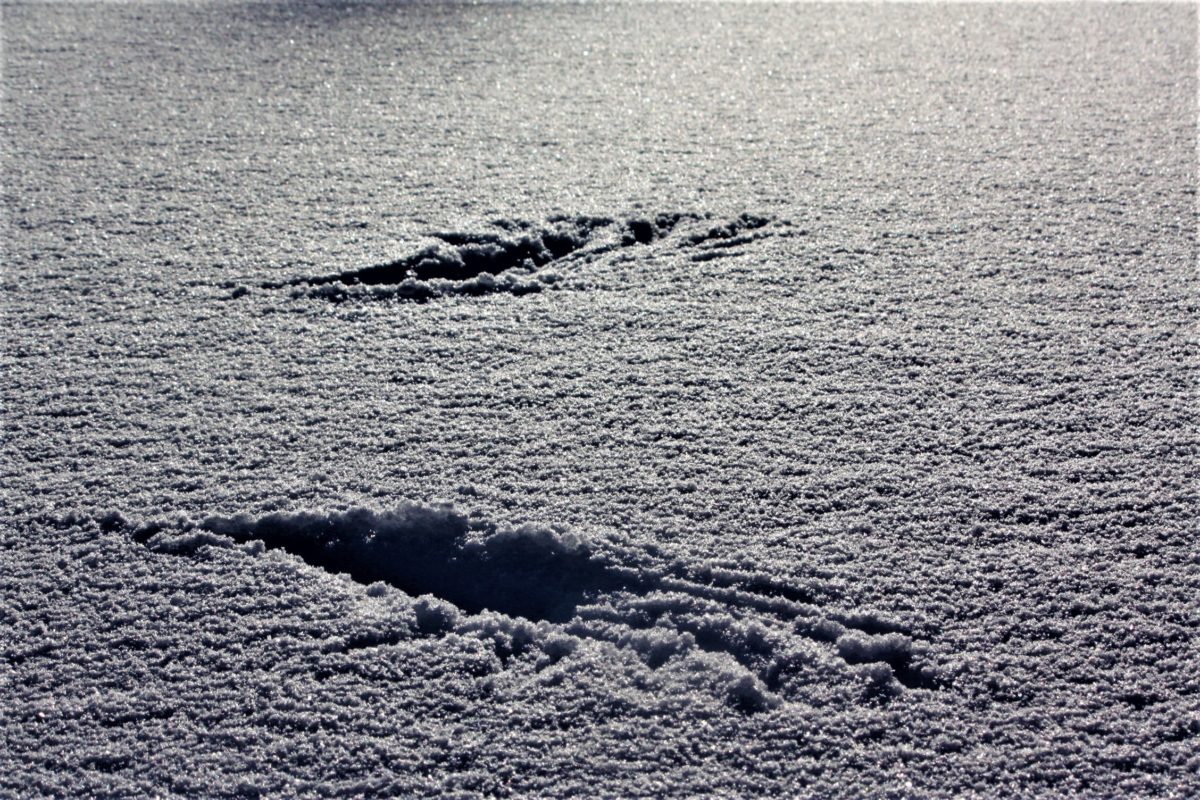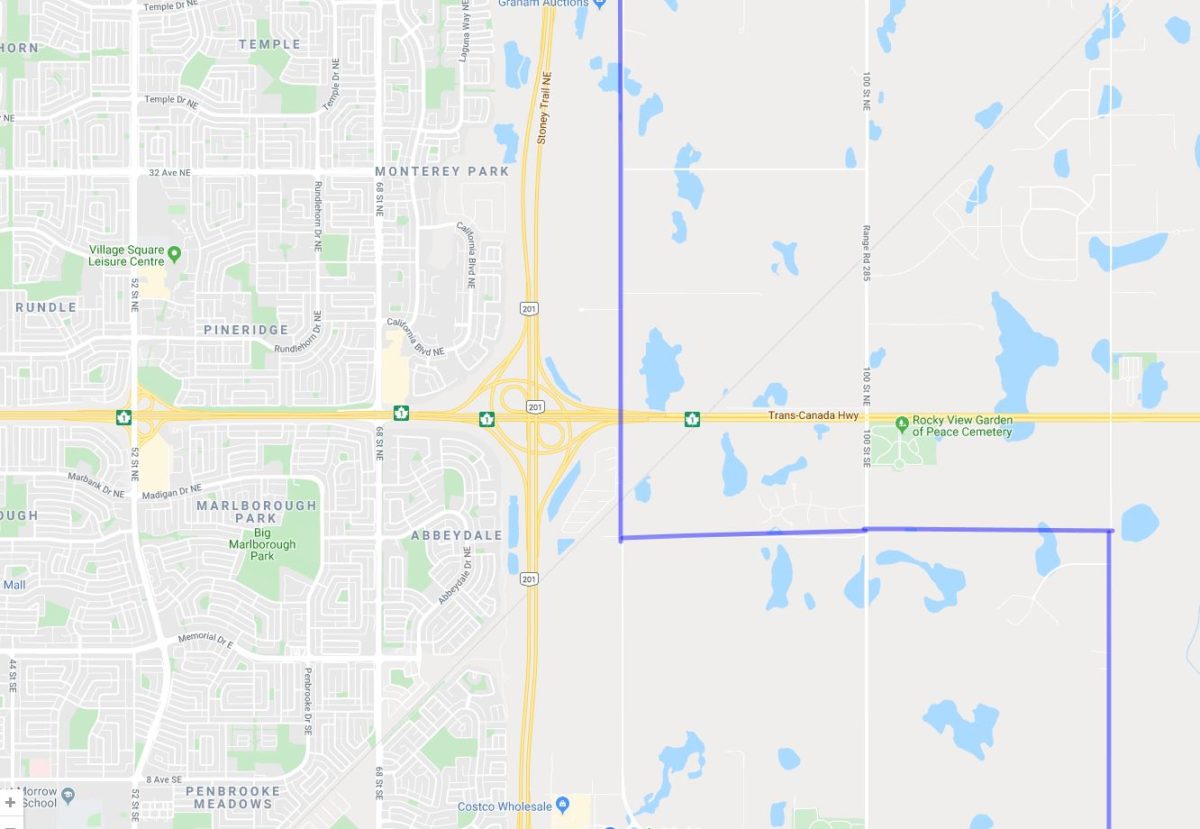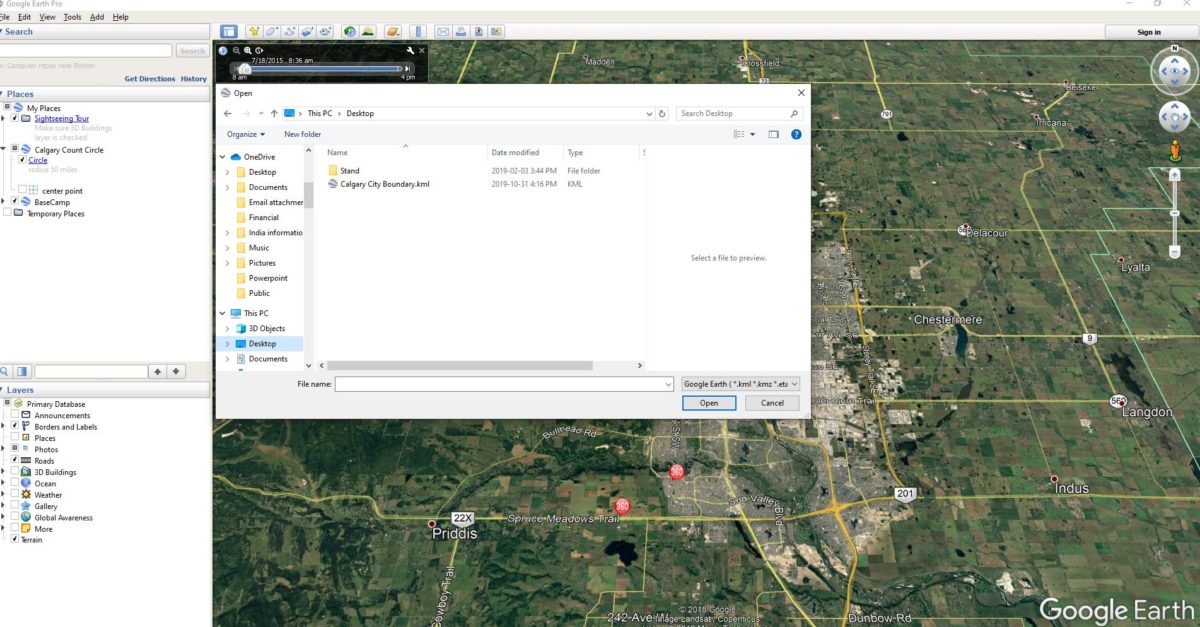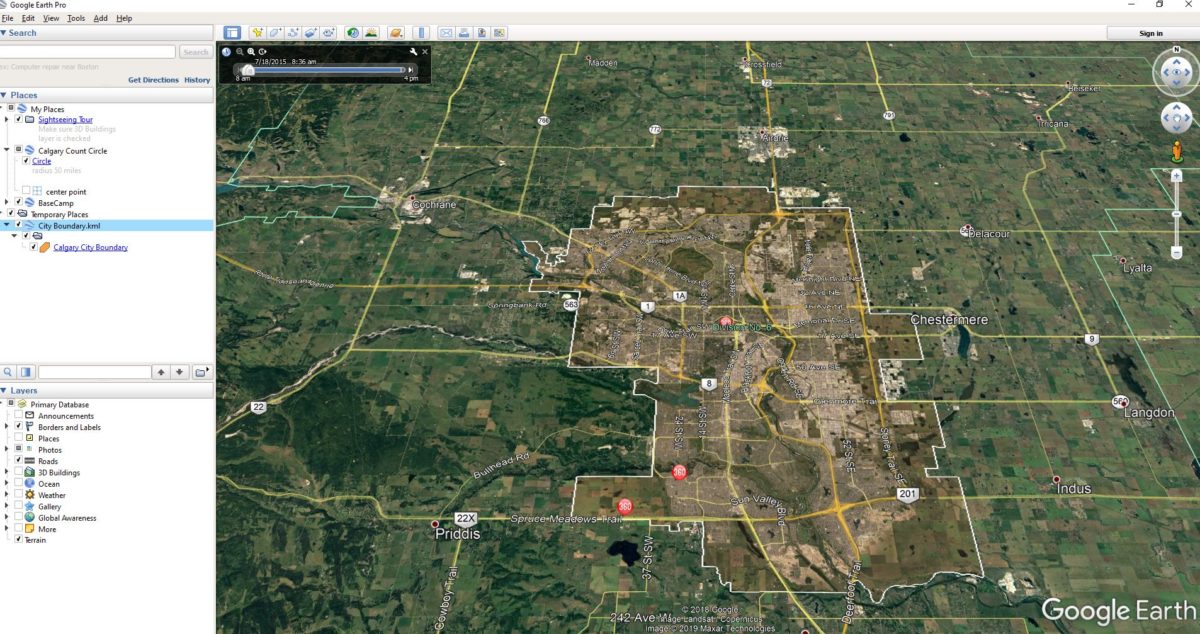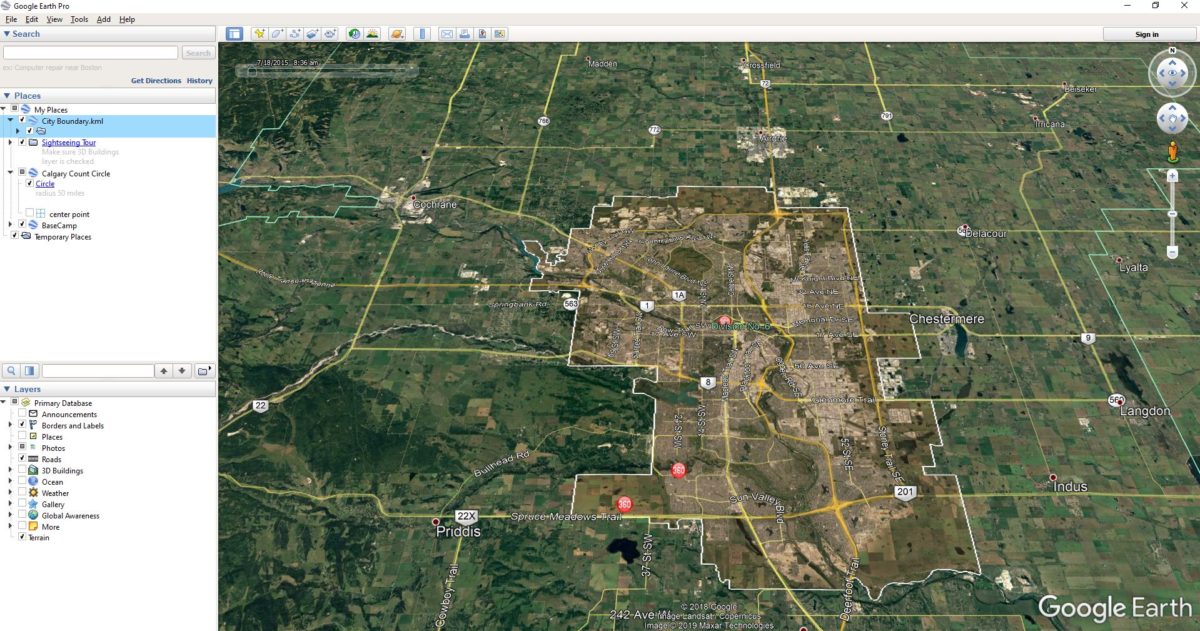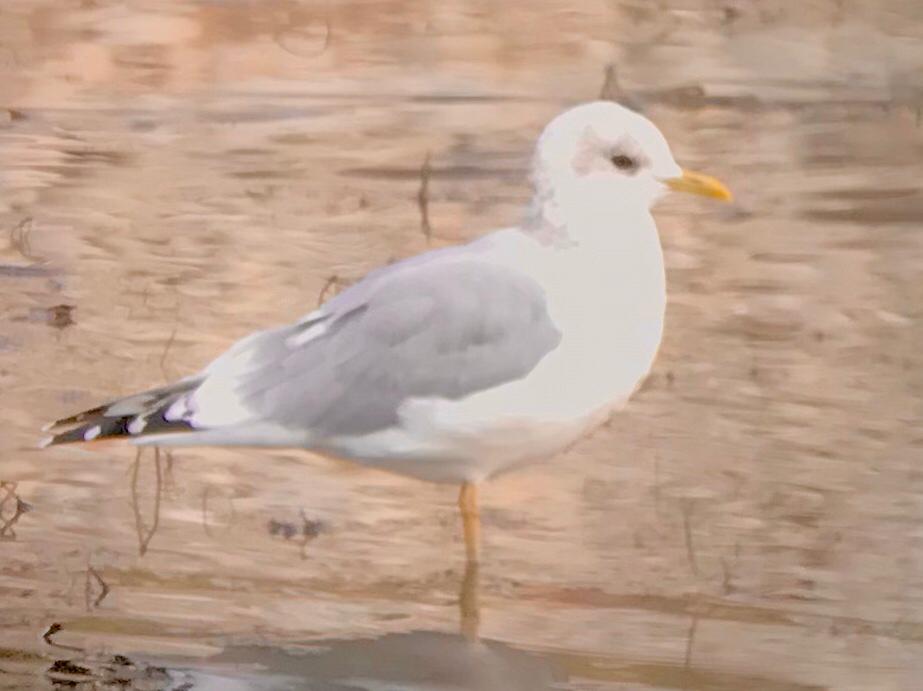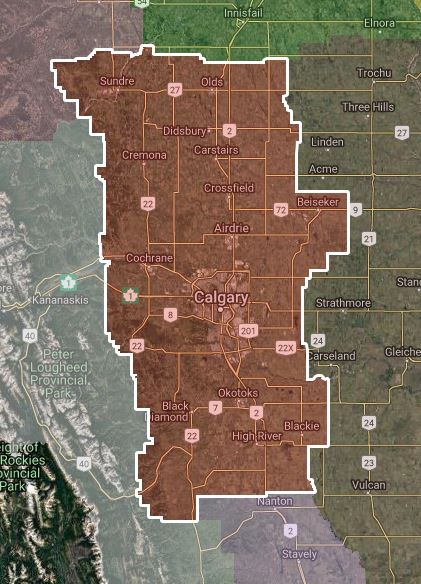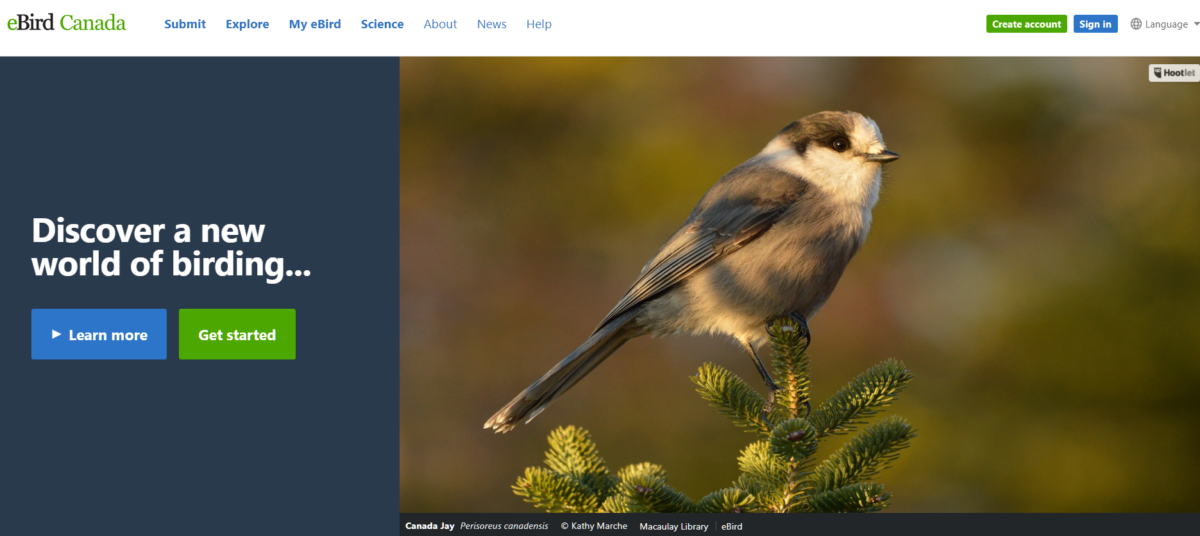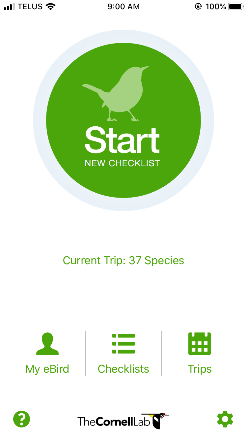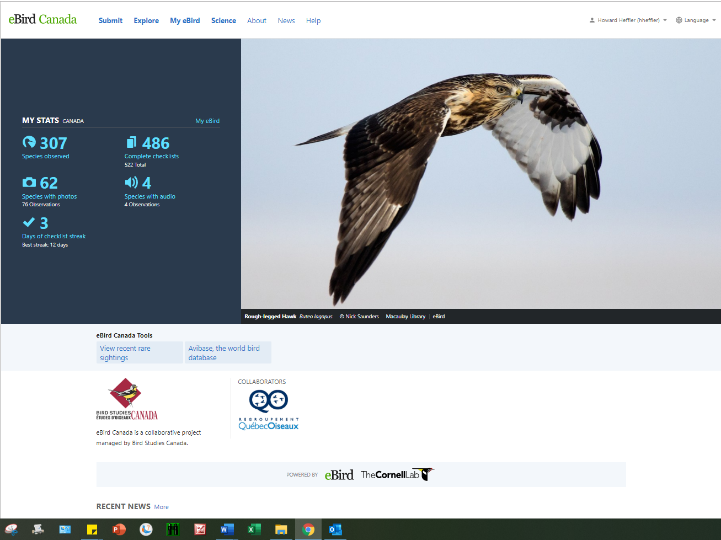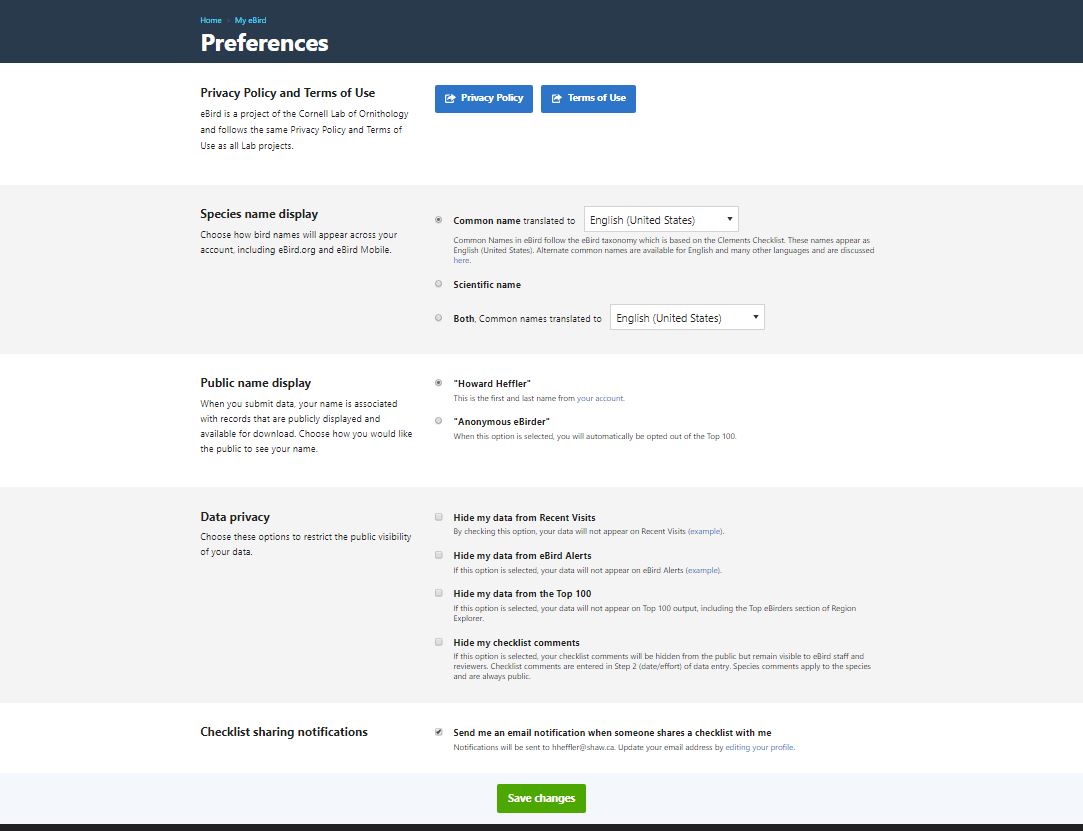Posted by Bob Lefebvre
The 2020 birding challenge is well under way! About sixty local birders have begun to build up their year lists, trying to find as many species as they can within the city limits in 2020. Here is an update on how things have gone so far.
First of all, I should mention that it is not too late to join. If you were away, if you didn’t get around to joining, or if you don’t get out much in the winter, there is no reason you can’t start now and still have a big year. Even if you miss all the winter birds you will have another crack at them in November and December.
To get started, just send your name, eBird name and email address to Howard Heffler at: hheffler[at]shaw.ca. For more information, see this post.
If you are already an eBirder it is easy to get started. Just register with Howard, then set up your city patch. If not, there is still time to begin using eBird to record your sightings and have a big year. Here are the posts that will get you started.
At the end of January the leader in the challenge had recorded 52 species inside the city limits. There were 86 species seen by all eBirders in Calgary county in January. The county is larger than the city, so Howard Heffler has attempted to determine which ones were seen in the city, and it looks like there were 73 species seen collectively. You can see the list of species on Howard Heffler’s summary on Albertabird here.
In addition to the usual winter birds, the list has quite a number of overwintering birds that most birders will be able to get in the spring, summer, or fall if they don’t see them now. These include the Trumpeter Swans at Carburn Park and the Tundra Swan at Griffith Woods Park, the Lesser Scaup, Redheads, and Ring-necked Ducks at Carburn, American Robins, American Crows, and many others.
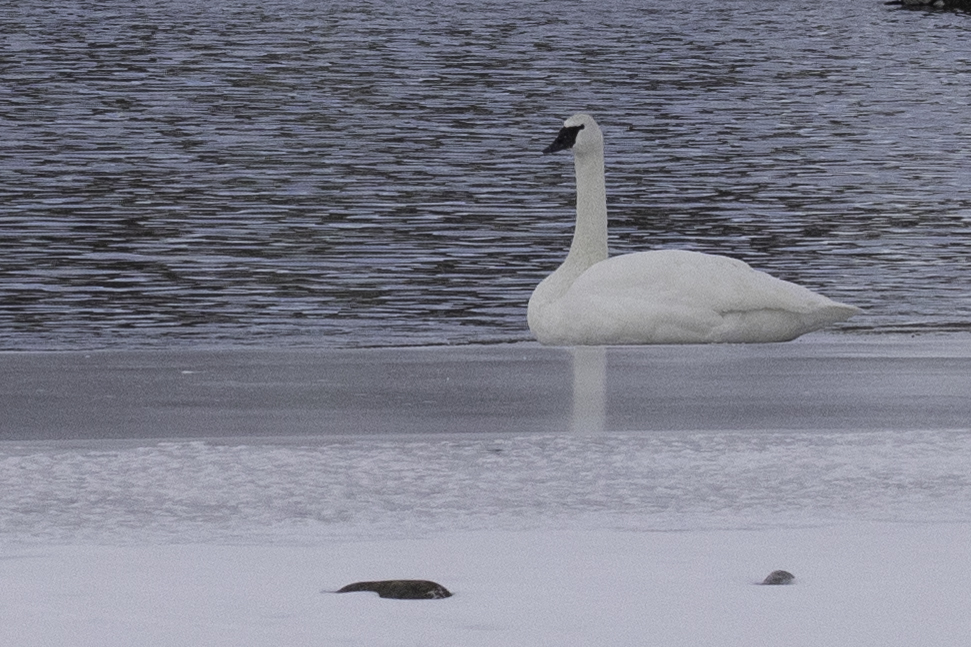
There are also many of the usual winter-only species that that participants should make an effort to find in the next month or so, or else have to wait until next winter. This would include Northern Shrike, American Dipper, Townsend’s Solitaire, Bohemian Waxwing, Pine Grosbeak, and Common Redpoll (Hoary Redpoll has not yet been reported). Redpolls are very scarce so I hope we get a bigger influx next winter.
In addition there are quite a few species that are much easier to find in the city in the winter, though they are in the Calgary region year-round. Examples are Northern Pygmy-Owl (seen lately in Shannon Terrace), American Three-toed Woodpecker and Black-backed Woodpecker (Votier’s Flats and Shannon Terrace in Fish Creek Park), Barrow’s Goldeneye (lower Bow River), Northern Saw-whet Owl (various locations, and really hard to find, though they are beginning to sing now and may be heard in forested areas in the next month or two).
I would also make an effort to see Harlequin Ducks – there are a few on the Bow this winter but you never know if any will be there next winter. They have been seen most reliably at Carburn Park and Beaverdam Flats. The Greater Scaup at Carburn are worth seeing too. They can be here on migration but are not common in the city. This overwintering pair is more reliable (although I haven’t seen them in four attempts). Northern Goshawk seems to be reported more often in the winter as well. I don’t know if they are more numerous in the winter or just easier to spot with no leaves on the trees.
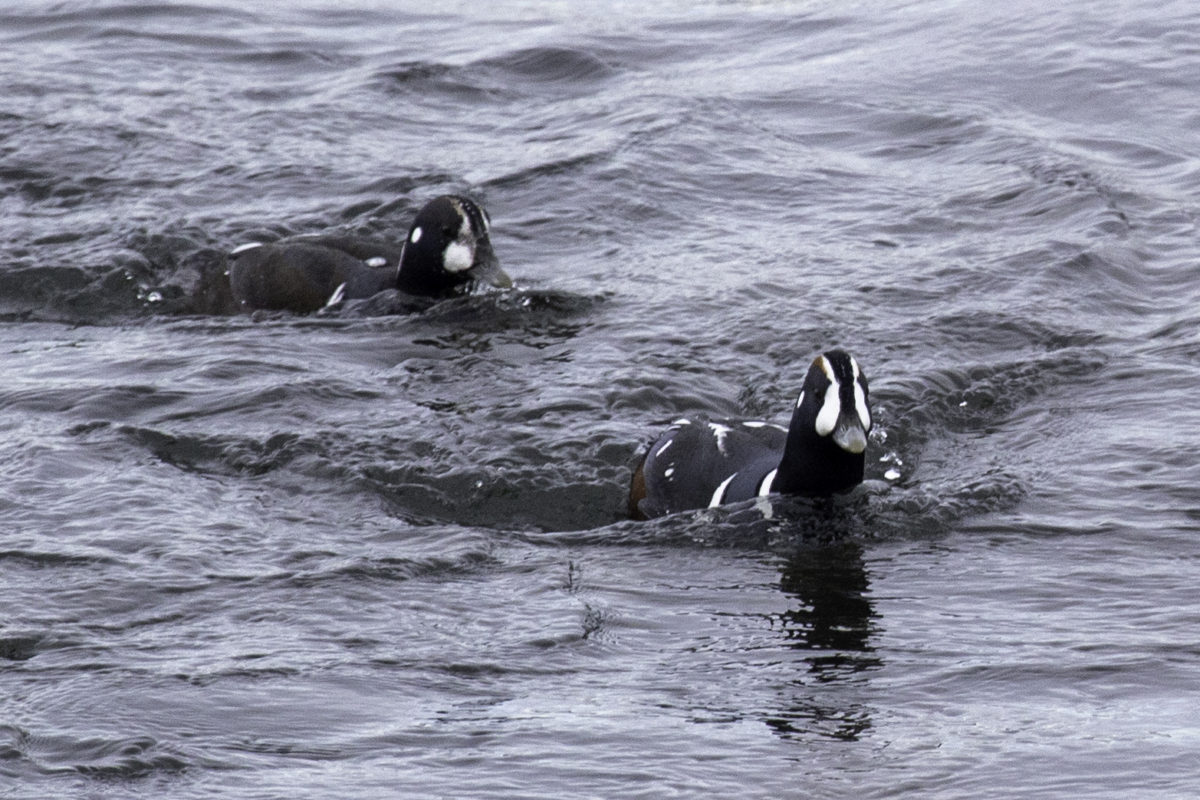
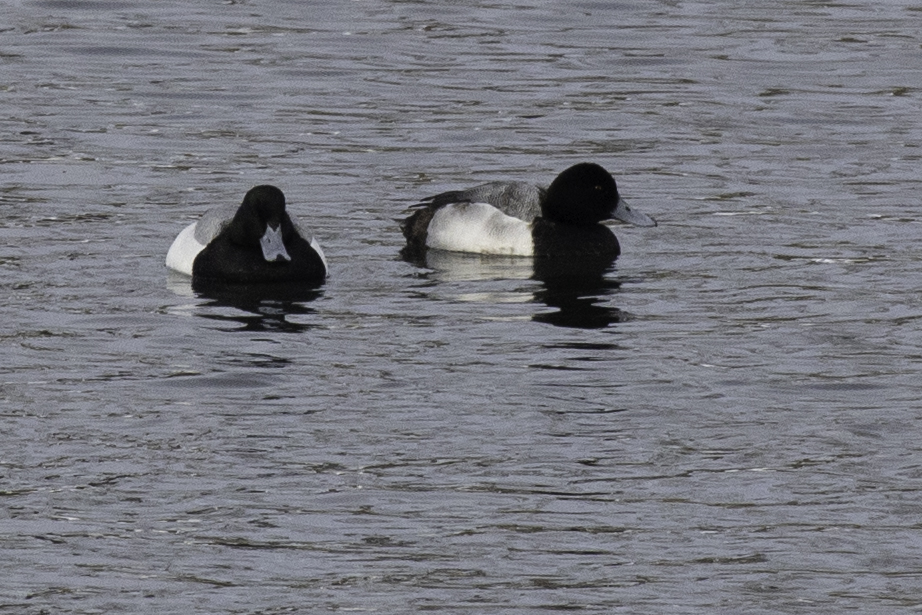
There have also been a few rare birds (for the city). A single Snowy Owl was reported on Nose Hill, and a Barred Owl in Griffith Woods Park. These were unusual one- and two-day sightings. But the Clark’s Nutcracker in Quarry Park has been there for a while, and they are almost never reported in the city. Go find it – I wouldn’t count on another being seen past the spring. Gyrfalcon has been seen in the city by many participants, and that may not happen again either.
Here are the Challenge leaders at the end of January:
BirdYYC2020 Leaders, January 31
| Name | Species | |
|---|---|---|
| 1 | John Thompson | 52 |
| 2 | Blake Weis | 50 |
| 3 | Tony Timmons | 48 |
| 4 | Dave Russum | 47 |
| 5 | Lorrie Anderson | 46 |
| 5 | Evan Walters | 46 |
| 5 | Christopher Law | 46 |
| 8 | Howard Heffler | 45 |
| 9 | John Anderson | 44 |
| 10 | Alan Knowles | 43 |
Quite a few local birders are getting out this year!
Here is an update to the leaders as of today, February 16th:
| 1 | Tony Timmons | 59 |
|---|---|---|
| 2 | John Thompson | 56 |
| 3 | Howard Heffler | 55 |
| 4 | John Anderson | 54 |
| 4 | Lorrie Anderson | 54 |
| 6 | Blake Weis | 53 |
| 7 | Andrew Hart | 52 |
| 8 | Alan Knowles | 50 |
| 9 | Dave Russum | 49 |
| 9 | Evan Walters | 49 |
| 11 | Jim St. Laurent | 48 |
| 11 | Gavin McKinnon | 48 |
| 11 | Christopher Law | 48 |
| 14 | David Mitchell | 47 |
| 15 | Lorna Aynbinder | 45 |
| 15 | Tim Bandfield | 45 |
| 17 | Daniel Arndt | 43 |
| 17 | Michelle Schreder | 43 |
| 17 | Kerry Korber | 43 |
| 20 | Keith Miles | 42 |
